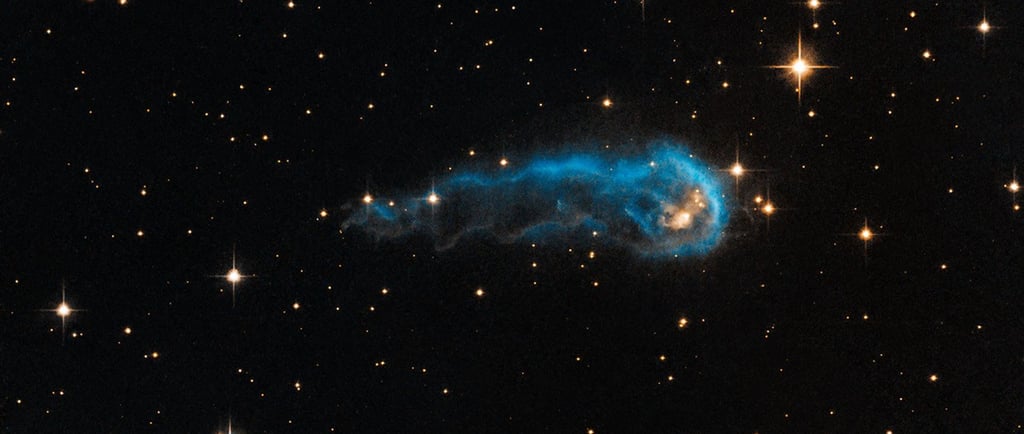IRAS 20324+4057: The Cosmic Caterpillar and Its Evolution


Introduction to Iras 20324+4057
The universe is home to a myriad of fascinating celestial phenomena, among which is the intriguing cosmic caterpillar, known as Iras 20324+4057. This protostar represents a very early evolutionary stage in stellar formation, collecting material from the dense envelope of gas that surrounds it. Understanding its environment, particularly the eroding effects of nearby radiation, gives us insights into the processes underpinning star formation in our galaxy.
The Formation Process of Iras 20324+4057
Iras 20324+4057 is part of a complex system located in the Cygnus constellation, notably influenced by the radiation issued from the brilliant stars of Cygnus OB2. As a protostar, Iras 20324+4057 is actively engaged in accumulating mass, effectively drawing material from the gas envelope that shrouds it. This gathering stage is crucial, as the protostar's mass will determine its eventual evolution into a star. Model predictions suggest that the final mass of stars formed in this region can range from one to ten times that of our Sun.
The Challenges of Erosion and Final Mass Reduction
However, the road to becoming a fully-fledged star is fraught with challenges. The intense radiation emanating from nearby stars poses a significant threat to Iras 20324+4057. As this radiation bombards the gas envelope, it has the potential to erode the material that the protostar relies upon. Should this erosion occur before Iras 20324+4057 can complete its accumulation of mass, the consequence could be a marked reduction in its final mass. Such reductions highlight how critical environmental factors shape star formation dynamics.
The fate of Iras 20324+4057 serves as a poignant reminder of the delicate balance within cosmic systems, where radiation from powerful stars can inhibit the growth of nascent stars, creating an intricate dance of formation and destruction. As we further our exploration of the cosmos, observing and analyzing products like Iras 20324+4057 will allow astronomers to refine their understanding of stellar birth and evolution.
